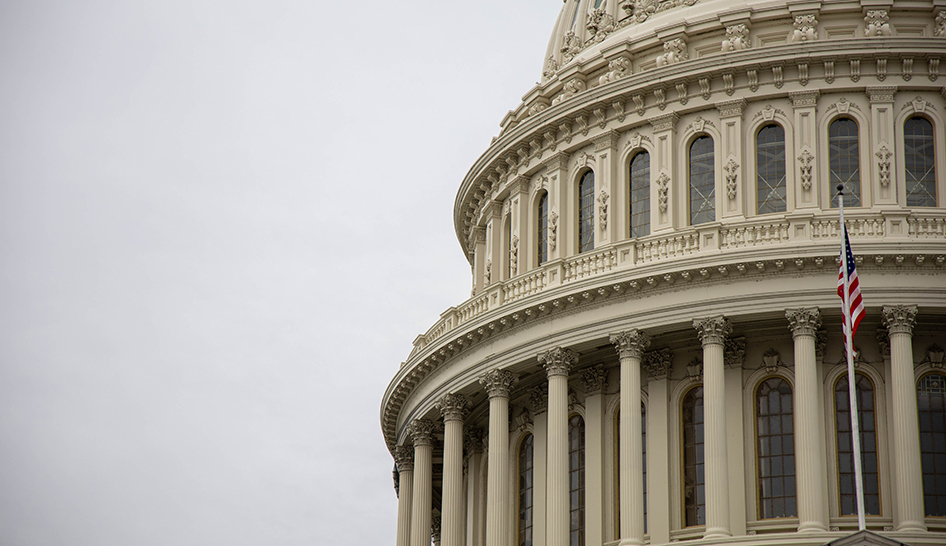What Is the Families First Coronavirus Response Act?
The FFCRA “provides emergency paid sick leave to employees on top of the state sick leave that your employees are already entitled to,” said Adam Sloustcher, Attorney, Fisher & Phillips, LLP during a recent IHRSA webinar. “It also expands job protected leave for employees in certain situations and then it gives employers a chance to get the money that is to be paid under this statue back through tax credits.”
Key areas of the FFCRA include:
- Emergency Sick Pay: Up to 80 hours of paid sick leave for a qualifying COVID-19 pandemic-related purpose
- Emergency Paid Family Leave: Up to 12 weeks of partially paid FMLA to care for a son or daughter under the age of 18 due to the closure of a school or place of care, or unavailability of a childcare provider.
- Tax Credit: Qualified employers qualify for reimbursement through tax credits. According to HRlawyers Hirsch Roberts Weinstein LLP, reimbursements will be quick and easy to obtain. An immediate dollar for dollar tax offset against payroll taxes will be provided.
What Employers Does the FFCRA Apply to?
According to the U.S. Department of Labor, “The paid sick leave and expanded family and medical leave provisions of the FFCRA apply to certain public employers, and private employers with fewer than 500 employees. Most employees of the federal government are covered by Title II of the Family and Medical Leave Act, which was not amended by this Act, and are therefore not covered by the expanded family and medical leave provisions of the FFCRA. However, federal employees covered by Title II of the Family and Medical Leave Act are covered by the paid sick leave provision.
“Small businesses with fewer than 50 employees may qualify for exemption from the requirement to provide leave due to school closings or child care unavailability if the leave requirements would jeopardize the viability of the business as a going concern.”
When Does the FFCRA Take Effect?
The Families First Coronavirus Response Act will begin to apply to leaves on April 1, 2020. The availability of this leave will end on December 31, 2020.
Where Can I Learn More Information?
Your attorney will be able to provide information and clarification about the FFCRA. We have also compiled some additional resources that you may find helpful:
You can hear more of Sloustcher’s remarks on the FFCRA by watching IHRSA’s March 25 webinar, “Coronavirus Conversations: Legal FAQ & Staffing Operations.” Sloustcher begins discussing the FFCRA about seven minutes in.
Disclaimer: While the information in this article is believed to be current, employment laws and regulations are constantly changing. It is intended for the general education of industry personnel, not as legal advice. Individuals needing legal advice should consult an attorney who is competent in this area of law.

